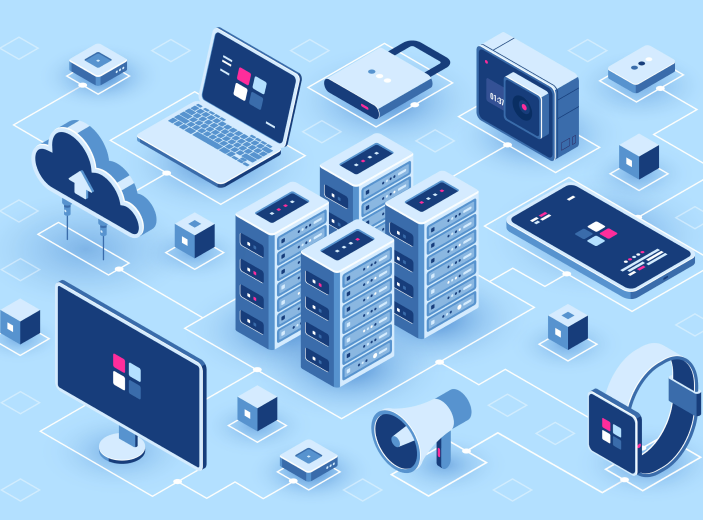Share this article
For companies that decide to move to the cloud, there are two different implementation models: Single tenant (ST), which is actually nothing more than an On-Premise solution that operates from elsewhere (i.e., through hosting), or multi-tenant (MT), developed with true cloud technology and highly scalable.
The importance of choosing the right model is not always understood, and the decision is made without considering the consequences. It is mistakenly believed that the only difference between the two options is whether the cloud is public or private. Or they may think that a private cloud is more secure.
Choosing one model over the other can directly impact a company’s digital path.
Multitenant and Single-tenant: the differences
- Single-tenant architecture: offers software that operates on a separate server infrastructure for each client, as if it were an On-Premise installation, offering greater control to the company, but requiring more effort and investment. Organizations can take the existing system, with all its strengths and limitations, and put it in the cloud. The organization remains responsible for various functions such as security and backups, or can delegate those responsibilities to the hosting provider for a fee. These add an additional cost to maintaining the solution.
- Multi-tenant environment: provides several clients with the use of the application from the same operating environment on shared hardware and resources. The cost-sharing model reduces investment and provides the benefits of standardized processes, maintenance, and security. MT solutions are based on extensibility and configurability that can have upgrades instead of customizations that cannot.
What are the main benefits of multi-tenant implementation?
- Advanced functionalities. The huge resources of the cloud and its advanced functionalities such as Internet of Things, Artificial Intelligence, and Machine Learning can be leveraged.
- Platform as a Service. The MT architecture provides tools so that users can create and customize reports and much more without altering the code.
- User-friendly tools. Modern MT solutions provide extensibility tools to offer the ability to customize without the need for cumbersome modifications.
- Sophisticated high-quality solution. The quality of the solution can be trusted. For software to be viable in an MT environment, it must undergo rigorous testing and very demanding quality controls according to standards.
- Optimized processes. Best practices are embedded within the solutions, including highly efficient workflows already recognized by existing users.
- Avoiding modification problems. Smooth upgrades without problems and no need to make adjustments for other modifications. The goal of “no modifications” helps to stay focused on new achievements instead of preserving previous methodologies.
- Digitization. Digital transformation grows with the benefits of MT cloud. These points provide the basis for a long-term strategy and operational action plan. The multi-tenant implementation achieves this vision.
- Security expertise. Continuous control can be achieved by experts who are attentive to potential cyber attacks.
- Automatic backups and redundancy. In an MT cloud solution, automatic backups are performed with full redundancy in case of severe disruptions due to storms or disasters.
- Adaptation to high demands. MT cloud solutions easily adjust to temporary demand spikes.
- Continuous upgrades. Always up-to-date. Updates are made as they arrive, and there is no more outdated solution.
- Cost control. Resource savings, such as personnel, security, and payment for higher capacity for peak moments, and space to have redundancy and backups.
- Agility. Capacity is adjusted as needed to merge or open new branches Updates are made to easily expand to other regions.
- Innovation. By freeing up IT staff from maintenance tasks, they can focus on more strategic issues and innovation.
At Moveapps we offer personalized cloud technology services. If you have any projects, talk to us, we can advise you.
And for you, which one is the best?















